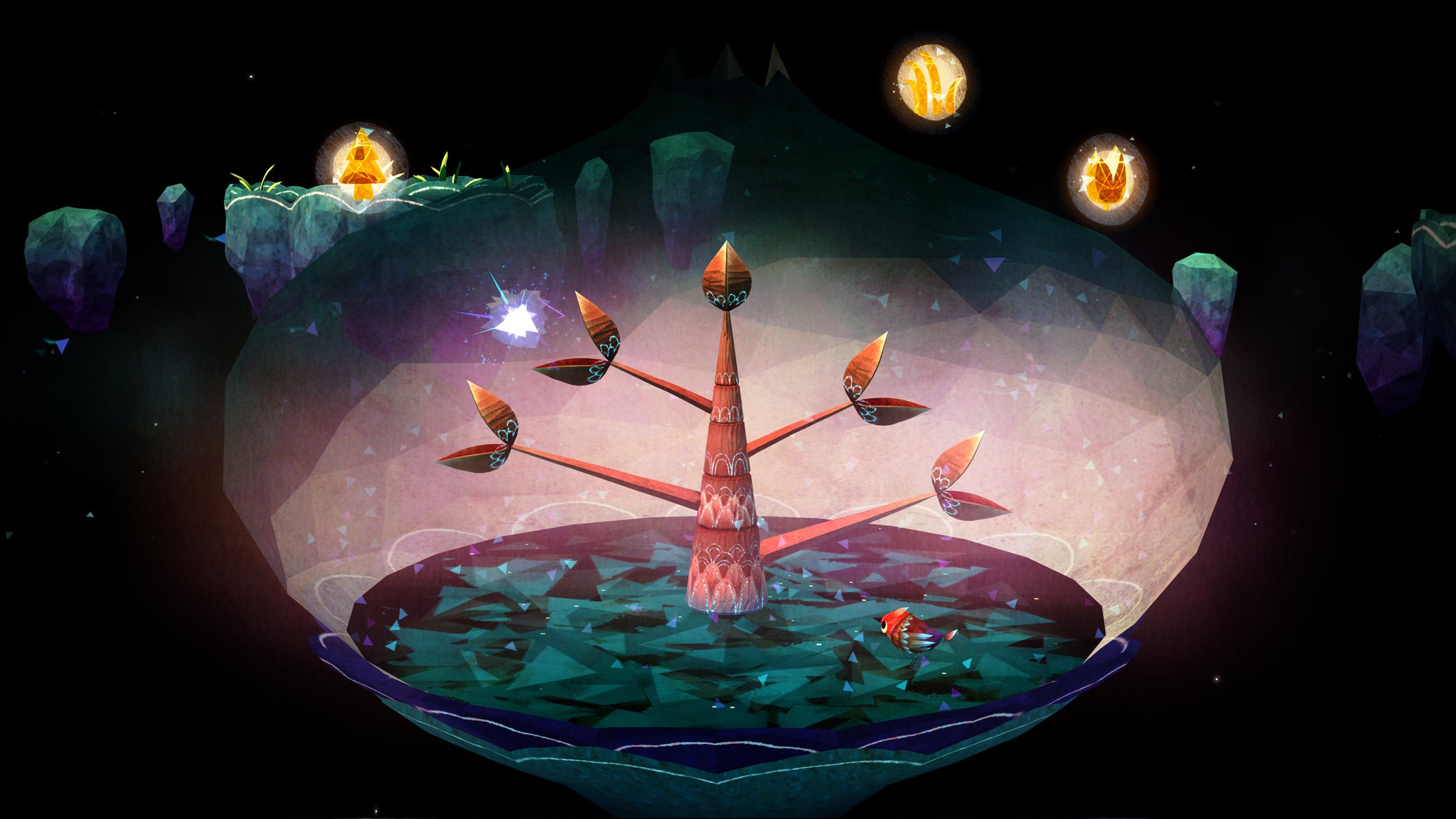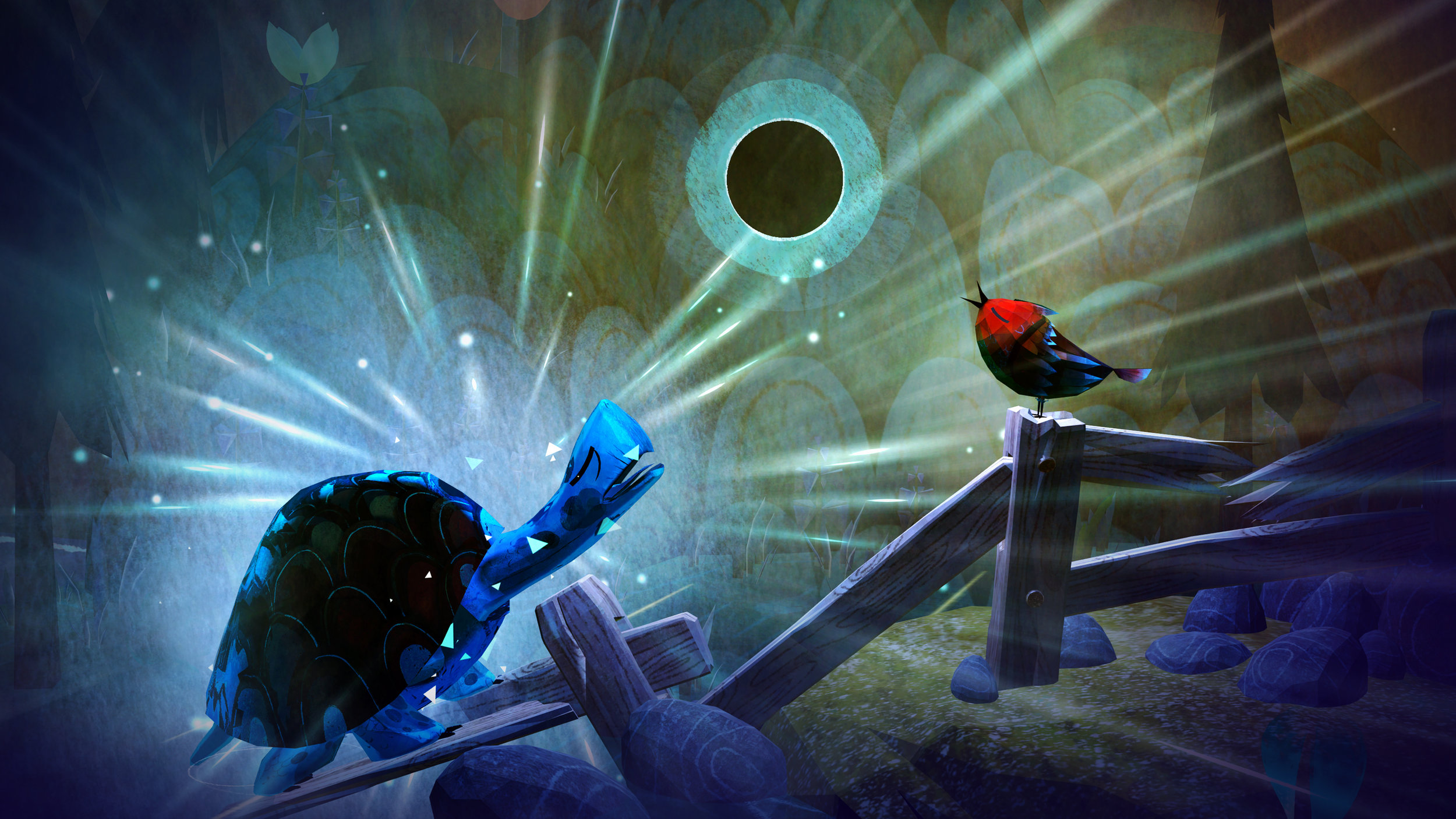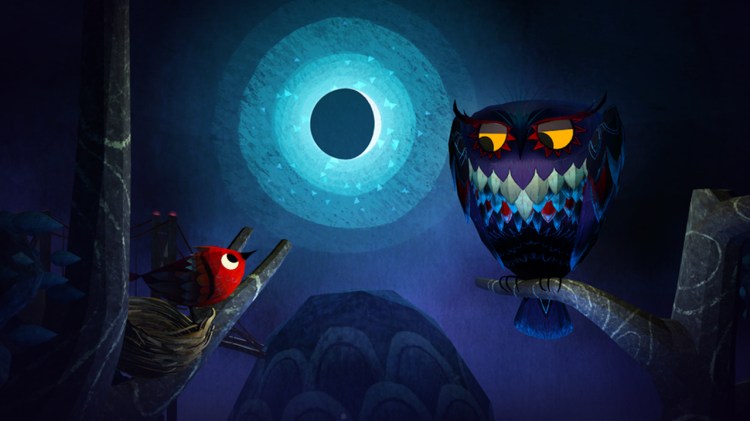Presented by Intel
Some developers commemorate the release of their game with a big bash, or if they’re lucky, they get to take some much-needed time off. For the release of her latest game, Funomena CEO Robin Hunicke did something a little more extravagant: she got two diving swallow tattoos, one for each arm.
The birds’ significance is a reference to the tattoos that old sailors used to get, from a time when the oceans were still largely undiscovered. Before embarking on long, grueling expeditions, sailors would often get a swallow on one side of their chest. If they perished during the voyage, they believed that the swallow would help guide their souls to heaven.
But if they survived, they’d get a matching swallow on the other side of their chest. The tattoos were a tangible reminder of their harrowing experience.
June 5th: The AI Audit in NYC
Join us next week in NYC to engage with top executive leaders, delving into strategies for auditing AI models to ensure fairness, optimal performance, and ethical compliance across diverse organizations. Secure your attendance for this exclusive invite-only event.
Hunicke and the rest of her team at Funomena survived their own journey into the unknown with Luna (out now for PC, Oculus Rift, HTC Vive, and Windows Mixed Reality headsets). It tells the story of a bird who, under the spell of a mysterious owl, eats the last piece of the moon. A storm then blows the bird away from its nest, so you must help the animal find its way back home by solving puzzles and interacting with the colorful environment.
“Because Luna is coming out now and we’ve made it this far, I feel like, ‘OK, I made it back to land,’” said Hunicke. “There were times when I didn’t know if we’d get there. But we did. And now it’s like, ‘What’s the next adventure?’ It’s a very different feeling the way I feel now than I did even two years ago — about my practice as an artist and a designer, about my craft as a CEO, and my abilities as a creative entrepreneur.”
“So I’m just really thrilled, honestly, to have the opportunity to release it. And I’m really grateful that we didn’t die in the process,” she added, laughing.
Luna is yet another diverse entry in Funomena’s eclectic portfolio, which includes the pedometer-powered Terra and the zany Wattam. But what separates Luna from the others is that it’s the company’s first widely available commercial product. It’s also the first project Hunicke and programmer Martin Middleton worked on when they founded Funomena in 2012.
While they both had a lot of experience in the industry, they had no idea what it would take to run a business on their own, let alone make a game without the backing of a publisher. That’s why Luna is such a big accomplishment for the 15-person studio. It shows just how far they’ve come in the last five years.

Above: Luna’s levels look like miniature dioramas.
Five years in the making
The initial idea behind Luna was to tell a story about becoming a better person by learning from our mistakes — and it predates Funomena by a few years. Hunicke remembered talking about it (back when she was calling it Libby) to indie developer and Braid creator Johnathan Blow, and how she envisioned it as a “side-scrolling musical platformer” about a small bird exploring a forest. She created some art and even made a prototype. She showed this to Blow, and he encouraged her to make it into a full-blown game.
But at the time, Hunicke said she just didn’t have the confidence to finish it by herself. She put Libby on the backburner to focus on other projects. But the veteran game designer just couldn’t stop thinking about it; for years, she kept sketching the bird in her notebooks. When Hunicke started Funomena with Middleton, she suggested two ideas for their first game: Libby and Terra. The latter, a non-profit project built in conjunction with the University of California at Davis, won out due to a grant from the National Science Foundation.
Libby was put on hold yet again. But in the background, Middleton was making prototypes for the game (trying to mimic a paper-folding aesthetic Hunicke originally wanted), while Hunicke continued to work on it through her writings and drawings. Eventually, they brought on Glenn Hernandez as the art director, an illustrator without any previous commercial game experience.
The team slowly continued to ramp up, and by the time Funomena announced Luna in 2015, it had four people on the project.
“It’s better for me to go long and slow, to have just two or three people working on something for a very long time,” said Hunicke. “It keeps your head count and burn rates real low. And you don’t feel as guilty if you chuck the work that you do. So you’re free to explore more.”
The long gestation gives her time to process her ideas — through researching, sketching, etc. — and figure out what the game’s “core feeling” should be. And as other people join the project, like award-winning composer Austin Wintory, the vision begins to change with their newly added perspectives.
Luna isn’t a 1-to-1 recreation of what Hunicke wrote down in her notebook all those years ago, but that’s okay. It’s the collaborative nature of game development that propels her.
“Games become more than the sum of their parts,” said Hunicke. “They reflect the narratives and the inputs and the dreams of every person that’s touched them. They’re amazing.”

Above: The bird made a new friend.
Building a ‘more playful’ future
Hunicke’s busy life won’t stop with the release of Luna — she’s already thinking months ahead about Funomena’s other projects and the various conferences she’ll attend (she also teaches undergraduate and graduate courses at UC Santa Cruz). But after living with the little bird in her head for such a long time, she does feel a sense of relief.
She described the release of a game as like dropping off your kid to school for the first time: You’re scared to see them go, but you’re also proud of who they’ve become.
And Luna’s story isn’t over just yet. The game represents another first for the team: It gives them a chance to establish a relationship with their customers. They want to know what kind of content that the audience wants to see from Funomena and possibly add new features to Luna based on their feedback.
“Luna really is the first time that we’ve sort of put our hand out and said, ‘This is for you. Do you like it?’ You always hope that people will like it, but you never know,” Hunicke said.
Interacting with the community is just one part of Funomena’s future. Hunicke’s ultimate dream would be to expand the San Francisco-based office into a multi-level facility that, in addition to housing teams that’d make experimental games like Luna and Terra, would offer space for game jams and host design classes for local students. Like her work at UCSC, she wants to help bring up the next generation of developers.
This version of Funomena would, in her words, “make the Bay Area more playful.” But if that doesn’t happen, Hunicke is satisfied with the direction the studio has been going so far.
“I couldn’t plan the first five years, so I certainly can’t plan the next. But I would really love it if in five years’ time Funomena is a sustainable engine for change. … It’s ‘Funomena’ because we want it to be a phenomena,” she said. “We want it to be a process, not a fixed thing. As long as we’re still going and people are happy and we’re making an impact, then I’ll be happy.”
Sponsored posts are content produced by a company that is either paying for the post or has a business relationship with VentureBeat, and they’re always clearly marked. Content produced by our editorial team is never influenced by advertisers or sponsors in any way. For more information, contact sales@venturebeat.com.


